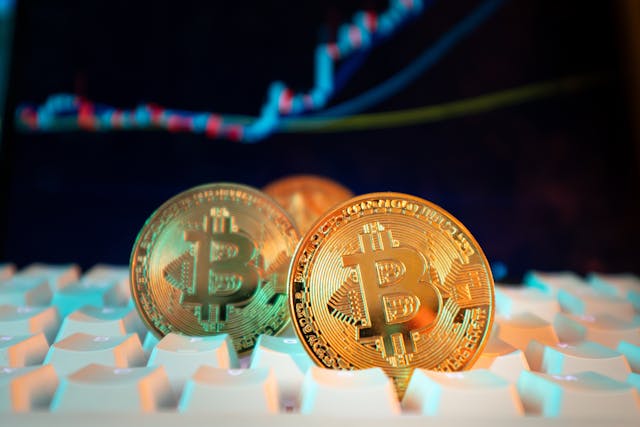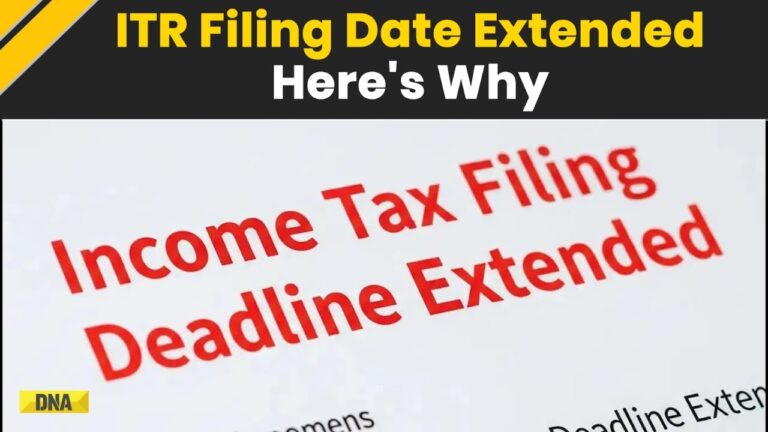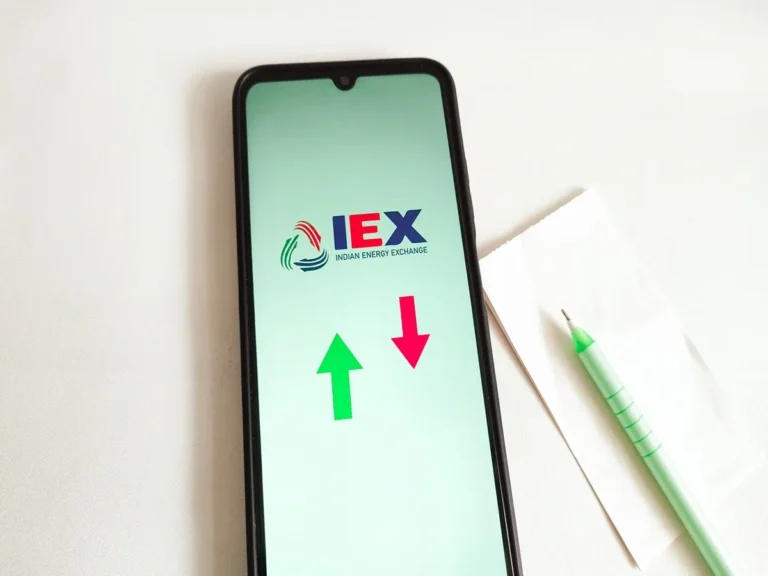What Is Bitcoin Mining, How Transactions Happen, and What the Future Holds for Bitcoin in 2025 and Beyond

What Is Bitcoin Mining, How Transactions Happen, and What the Future Holds for Bitcoin in 2025 and Beyond
Bitcoin has become one of the most talked-about financial innovations of the 21st century. From headlines about skyrocketing prices to debates on regulation, it’s clear that Bitcoin isn’t just a buzzword—it’s a revolutionary digital asset that continues to shape the future of money. In this detailed article, we’ll explore what Bitcoin mining is, how Bitcoin transactions work, and what the future holds for Bitcoin in 2025 and beyond.
⛏️ What Is Bitcoin Mining?
Bitcoin mining is the process by which new bitcoins are created and transactions are added to the blockchain—a public ledger of all Bitcoin transactions.
How It Works:
- Bitcoin is built on a decentralized network of computers called nodes.
- These nodes run specialized software to verify transactions.
- Miners use powerful computers to solve complex mathematical problems known as proof-of-work.
- The first miner to solve the puzzle adds a new block of transactions to the blockchain.
- As a reward, the miner receives a fixed amount of newly created bitcoins (as of 2024, it’s 3.125 BTC per block post-halving).

Key Equipment:
- ASICs (Application-Specific Integrated Circuits): These are high-performance machines optimized for mining.
- Mining pools: Groups of miners combine their computing power and share the rewards.
What Is Bitcoin Mining, How Transactions Happen, and What the Future Holds for Bitcoin in 2025 and Beyond
Why It Matters:
Bitcoin mining is crucial for two main reasons:
- It incentivizes participants to maintain and secure the blockchain.
- It introduces new bitcoins into circulation in a predictable and controlled manner.

💸 How Do Bitcoin Transactions Happen?
Every time someone sends or receives Bitcoin, a complex process takes place behind the scenes to ensure the transaction is secure and recorded permanently.
Step-by-Step Process:
- Transaction Initiation
- A user initiates a transaction using their Bitcoin wallet, inputting the recipient’s address and the amount to send.
- Transaction Broadcasting
- The transaction is broadcast to the Bitcoin network, where it awaits verification by miners.
- Transaction Validation
- Miners validate the transaction by ensuring:
- The sender has enough balance.
- The transaction follows the Bitcoin protocol.
- The digital signature is correct.
- Miners validate the transaction by ensuring:
- Block Formation
- Valid transactions are grouped into a block.
- Mining the Block
- Miners race to solve the proof-of-work for that block.
- Once solved, the block is added to the blockchain.
- Confirmation
- The transaction is now confirmed and visible on the blockchain.
- More confirmations (more blocks added after it) make the transaction more secure.
What Is Bitcoin Mining, How Transactions Happen, and What the Future Holds for Bitcoin in 2025 and Beyond
Bitcoin Transaction Fee:
Users often include a fee with their transaction. Miners prioritize transactions with higher fees, especially during times of high network congestion.
🚀 The Future of Bitcoin: What Lies Ahead?
1. Institutional Adoption
- In 2025, more financial institutions and corporations are integrating Bitcoin.
- ETFs, custody services, and payment integration are driving mainstream acceptance.
- Companies like BlackRock and Fidelity continue to increase their exposure to Bitcoin.
2. Bitcoin Halving Cycles
- Bitcoin experiences a halving roughly every four years.
- The last halving in April 2024 reduced block rewards from 6.25 to 3.125 BTC.
- Historically, Bitcoin’s price surges 12–18 months after each halving due to reduced supply and growing demand.
3. Sustainable Mining
- Critics point to Bitcoin’s energy consumption. However, in 2025:
- Over 60% of Bitcoin mining is powered by renewable energy (hydro, solar, wind).
- New initiatives like stranded energy mining are making mining eco-friendlier.
4. Regulatory Clarity
- Governments are moving toward regulatory frameworks instead of bans.
- The U.S. SEC has greenlit multiple Bitcoin ETFs.
- Europe’s MiCA regulations are setting global standards for crypto governance.
5. Bitcoin Layer 2 Solutions
- Technologies like Lightning Network are enhancing Bitcoin’s scalability.
- Users can now make instant and cheap microtransactions, making Bitcoin viable for everyday payments.
6. Geopolitical Role
- In countries with hyperinflation or capital controls, Bitcoin is becoming a lifeline.
- Nations like El Salvador have already adopted Bitcoin as legal tender, with more expected to follow.
7. Price Predictions
- Analysts predict bullish growth:
- Standard Chartered: $200,000 by end of 2025.
- Cathie Wood (ARK Invest): $1 million by 2030.
- Fred Krueger: $600,000 by October 2025.
Trending Keyword: “Bitcoin prediction 2025”, “What is Bitcoin mining”, “How Bitcoin transactions work”, “Future of Bitcoin 2025”
📊 Bitcoin in 2025: Key Stats and Trends
| Metric | 2023 | 2025 (Projected) |
|---|---|---|
| Bitcoin Price | $45,000 | $150,000–$250,000 |
| Total Wallets | 100 million+ | 200 million+ |
| Mining Hashrate | 350 EH/s | 600 EH/s |
| Renewable Mining Share | 45% | 65%+ |
| Daily Transactions | 300,000+ | 600,000+ |
🔐 Should You Invest in Bitcoin?
✅ Pros:
- Hedge against inflation.
- Limited supply (21 million cap).
- Global acceptance and decentralization.
- Store of value (“digital gold”).
⚠️ Cons:
- Price volatility.
- Regulatory uncertainty in some regions.
- Security risks (wallet management, scams).
💡 Pro Tip: Store your Bitcoin in a secure hardware wallet and only invest what you can afford to lose.
🧠 Final Thoughts
Bitcoin mining powers the world’s most valuable cryptocurrency, securing billions of dollars in transactions every day. As we look ahead to the future, Bitcoin continues to evolve—from a speculative asset to a legitimate global financial system. With institutional backing, technological upgrades, and global awareness, Bitcoin in 2025 is not just a trend—it’s a transformative force.
Whether you’re a beginner or a seasoned investor, understanding how Bitcoin works and where it’s headed is essential in this digital era.




